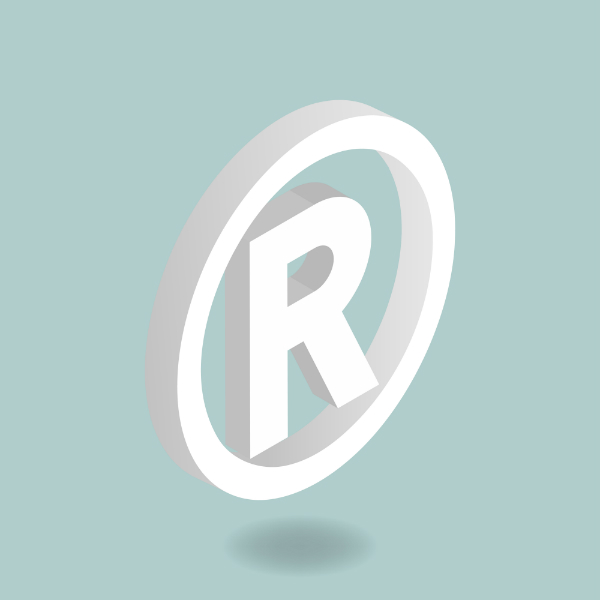
Before the government began regulating trademarks, it was much easier for companies to copy one another and fool consumers into believing they were buying another company’s authentic products. There was no real protection for consumers or the creators of the original. That is why trademark law was formed: it makes it easier for consumers to determine who they are getting their products from. It also helps to protect consumers from being duped into non-authentic products when they believe they are purchasing an original product and helps to protect companies from losses due to counterfeit products.
There are two types of trademarks: registered trademarks and unregistered trademarks. Often people are not aware of the differences between these. A registered trademark is required to claim infringement against a third party.
The most significant difference between an unregistered trademark and a registered trademark is the legal status and protection attached to the two. An unregistered trademark does have some protections associated with it, however the protection provided is limited to the geographical areas in which the trademark is known. A registered trademark is protectable across the country. Both unregistered and registered trademarks can be names, catch phrases, logos, or anything else that identifies the goods and services of the business.
Using the TM symbol on your item is similar to stating that it is your business’s and you plan to use it. While it may prevent some competitors from trying to copy you, it might not stop them all. There is really no reason for you not to use it, though, as it does not require registration and it is free.
Many people assume that using the trademark symbol protects them, but that is actually not true. Common law trademark rights can protect you if you have been using the mark in your business practices. However, for the protection to take place, you must be able to prove your business used the mark first. If you cannot, there is no protection if someone else registers the mark. The recommended way to protect your trademark in Canada is to file a trademark application and go through the trademark process. Schedule a free consultation with a trademark agent who can better assist with the trademark process.





